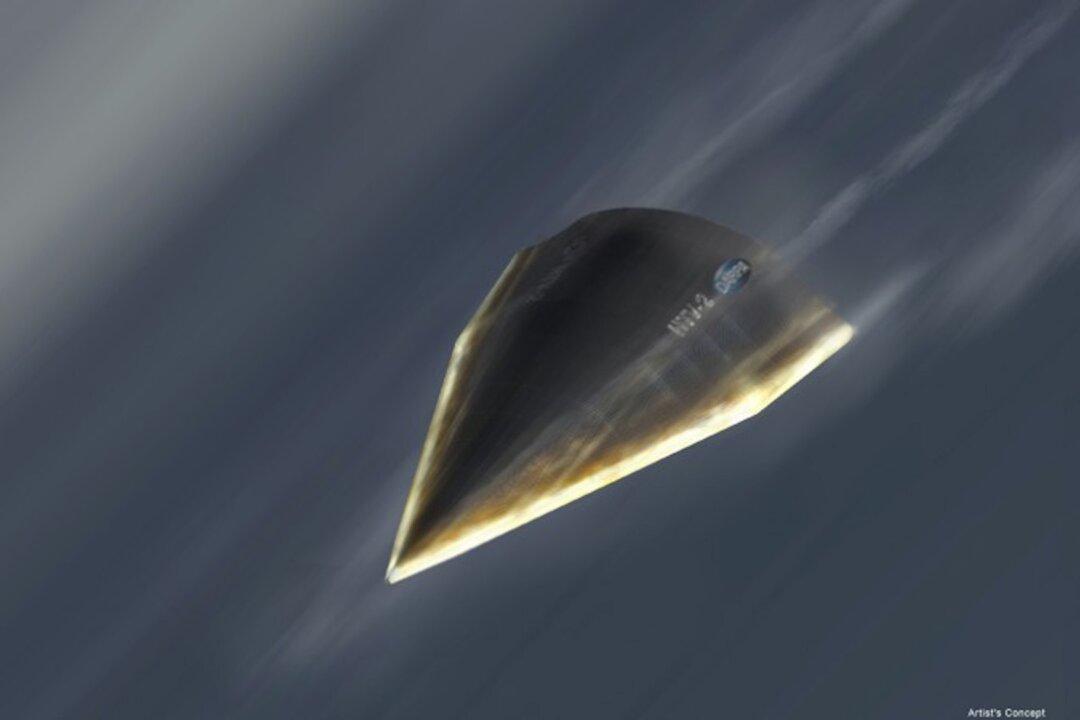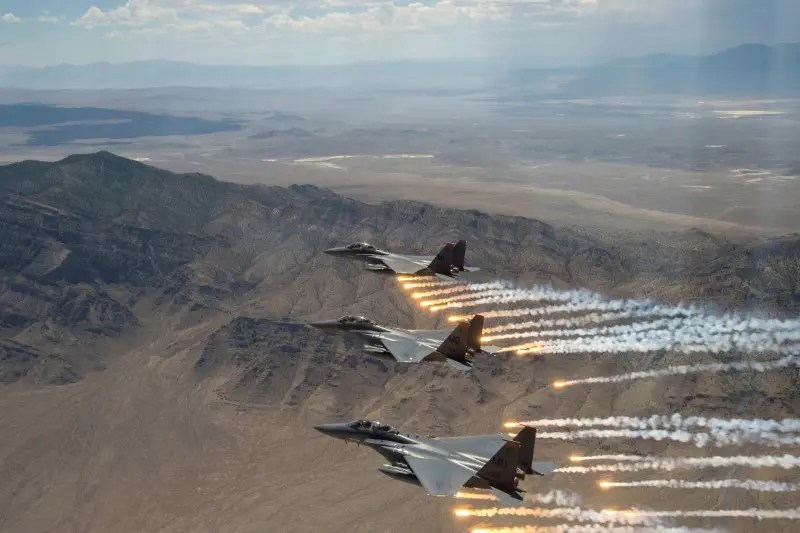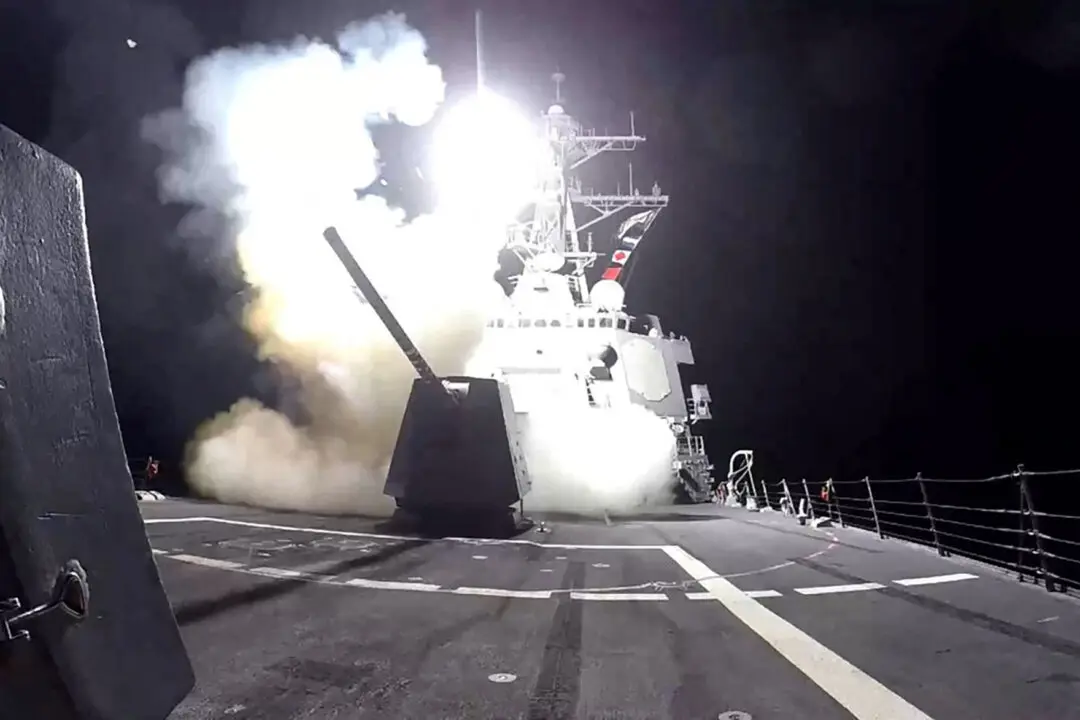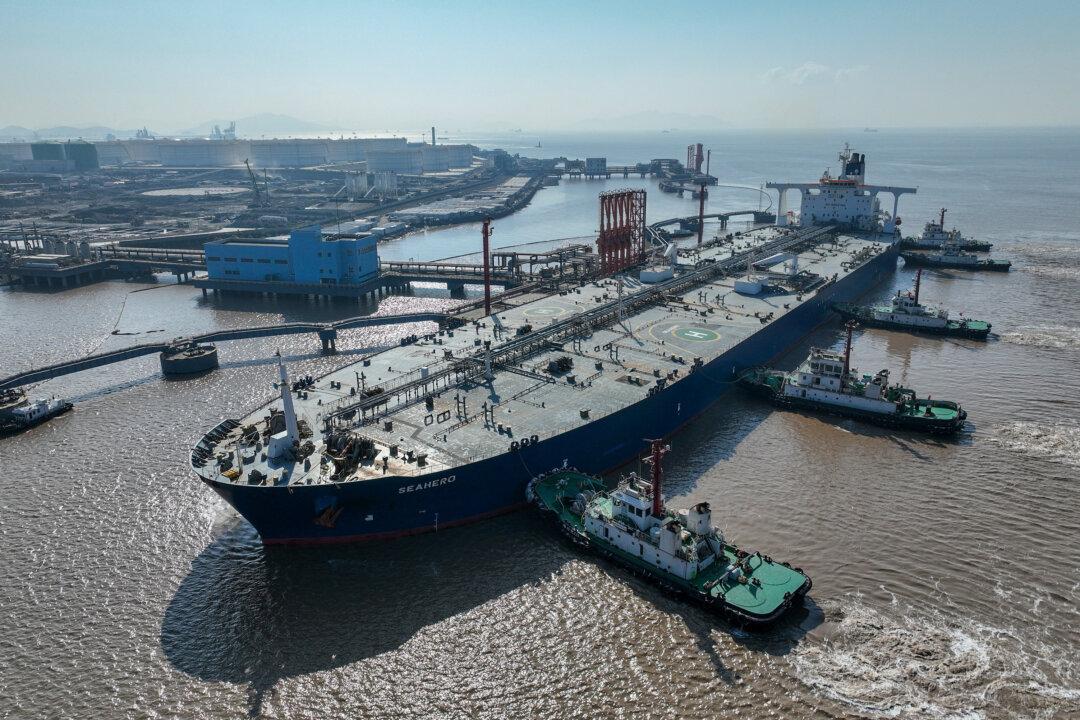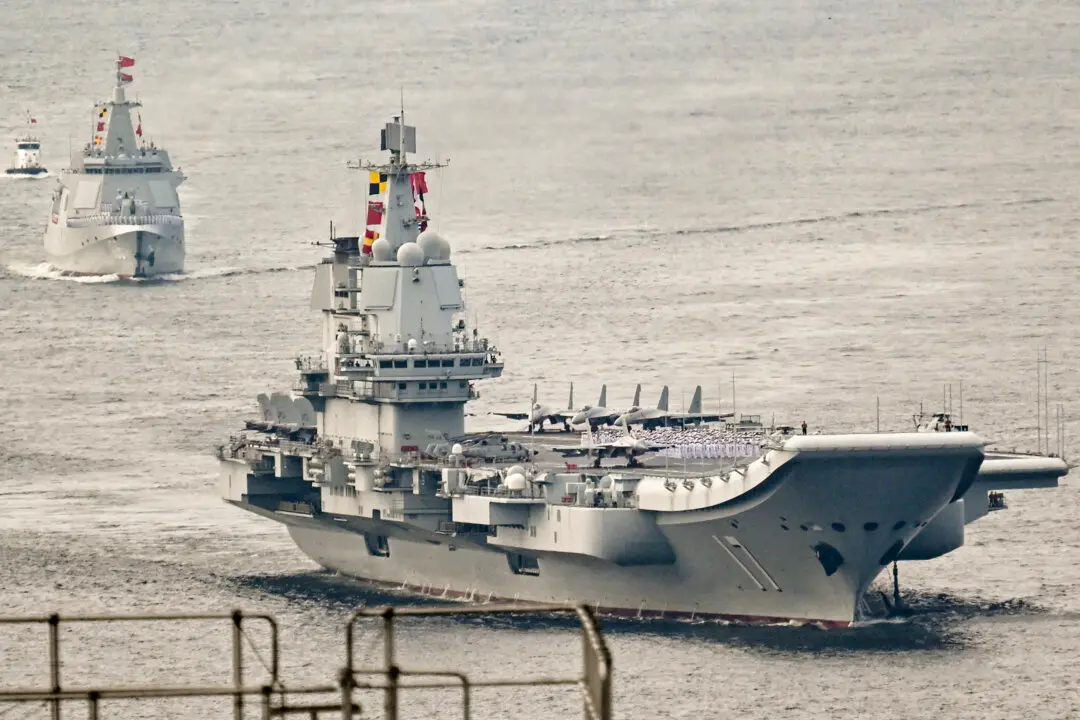A hypersonic weapons system tested by the Chinese regime in July allegedly launched a second missile while flying at five times the speed of sound, according to a new report by the Financial Times.
It is currently unclear whether the second missile was an air-to-air weapon or a countermeasure intended to prevent the weapon from being destroyed.
